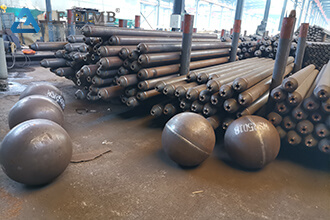+86 177 5193 6871
222, Block B, Diamond International, Guozhuang Road, Xuzhou, Jiangsu, China
In practice, the choice of bolted or welded balls depends on a variety of factors, including but not limited to the following points:

welded ball
Engineering requirements: First of all, you need to consider the specific requirements of the project, including bearing capacity, structural stability, durability, and other aspects. If a stronger connection and structural stability are required, a welded ball may be a more appropriate choice, whereas if flexibility and removability are required, a bolted ball may be more suitable.
Cost considerations: Welded ball connections usually require more labor and specialized equipment, whereas bolted ball connections may be less costly, so the difference needs to be weighed in terms of cost considerations.
bolted ball
Turnaround time: Welded ball joints typically require longer construction time, whereas bolted ball joints can be installed and removed more quickly, so the urgency and time requirements of the project need to be taken into account in terms of turnaround time.
Environmental conditions: For specific environmental conditions such as high temperatures and humidity, welded ball connections may be more suitable as they provide a more stable connection and are less susceptible to external environmental influences.
Maintenance requirements: If the project requires frequent maintenance and replacement of components, bolted ball connections may be more convenient, as they allow easier removal and replacement of damaged components, reducing the difficulty and cost of maintenance.
In summary, the choice of bolted or welded balls requires comprehensive consideration of several factors, including project requirements, cost, project cycle, environmental conditions, and maintenance needs, and the appropriate choice is made on a case-by-case basis.
